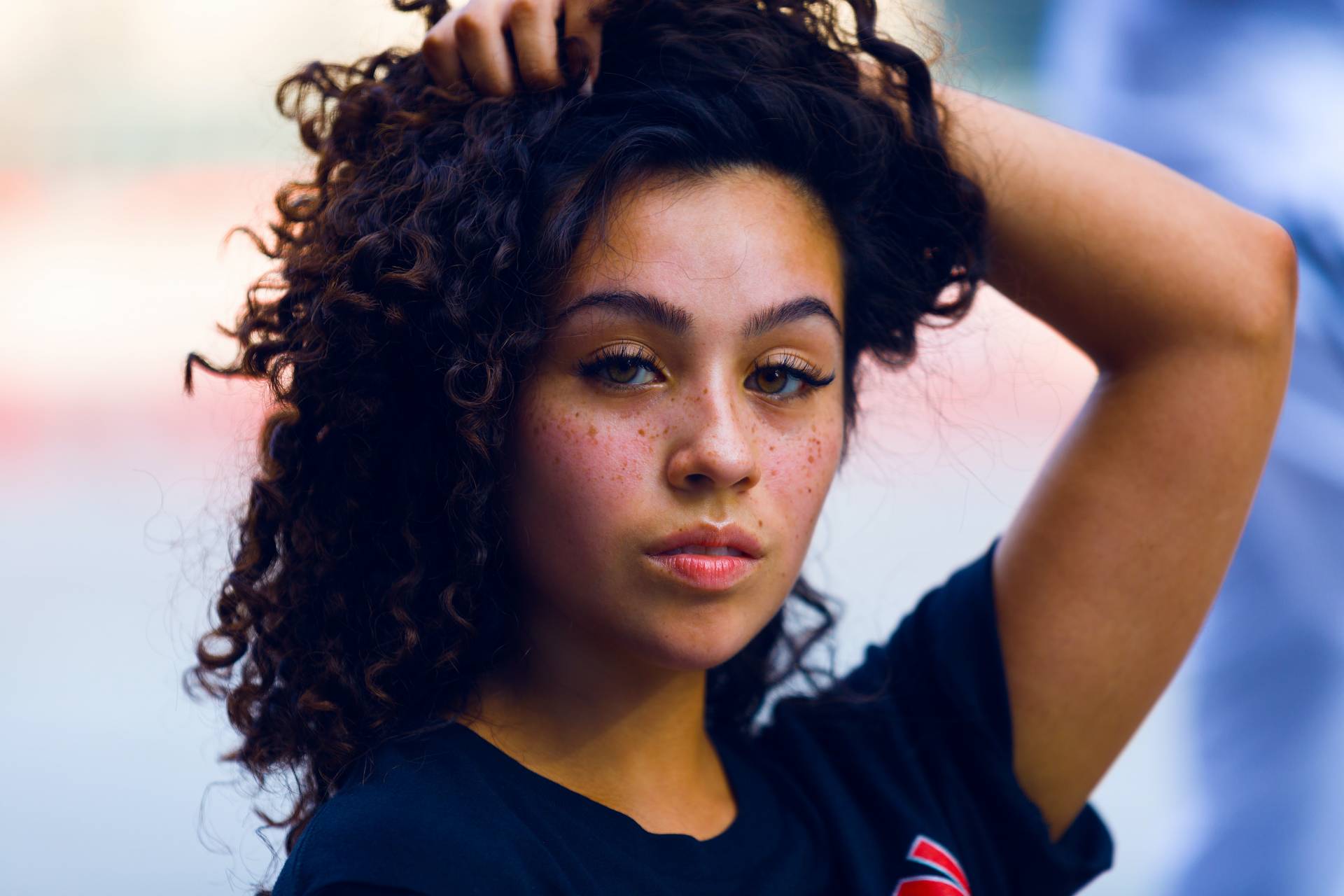
Now lots of us have heard of acne, but what about rosacea? Rosacea is quite a common skin condition that mostly affects the face. It is a chronic condition that can last for years with a spectrum of mild to severe. The condition is characterized by redness that doesn’t go away, as well as small, pus-filled bumps in some cases. Even though it is sometimes mistaken for acne (or, in some cases, perioral dermatitis), the two are still different. Here’s how.
Rosacea vs Acne
- Rosacea occurs mostly on the face, usually on the nose and cheeks and occasionally on the forehead and chin – whereas acne can show up on any part of the body.
- With Rosacea, the redness is not isolated to the inflamed bump – as is the case with acne. Rather, the redness can be seen all over the affected area.
- Rosacea appears as small bumps – unlike acne which appears as whiteheads, hard lumps, and blackheads
- Rosacea usually shows up in individuals that are 30 years and older and can become severe if left untreated. Acne on the other hand occurs during the puberty ages of 10-13 but can last for up to 10 years.
What Are Some Symptoms of Rosacea?
If you have Rosacea, you are very likely to notice these symptoms and along with other tell-tale signs.
- With Rosacea, it will look like you are blushing, and there may also be a persistent redness resembling a sunburn that may not go away. The flushing is not always permanent, and it is usually the first sign to signal the onset of the condition.
- You can also tell that a skin condition is Rosacea when there are bumps and pimples on the face. The spots are solid and usually resemble acne, but there will be no blackhead. The pimples are also usually pus-filled, and these symptoms may come with a burning or stinging sensation.
- Also, the blood vessels on the skin become very visible in most individuals with rosacea.
Apart from these, other general signs which indicate rosacea include skin warmness, itching and thickening, and eye irritation.
So, What Exactly Causes Rosacea?
The precise cause of Rosacea still remains unknown to this day, but there have been some identified elements that contribute to its development. One theory is that if Rosacea runs in your family, then you are likely to have it. Another is that blood vessels issues can also cause it, especially when exposed to the sun. Additionally, the condition is attributed to the bacteria called H. pylori, which increases the amount of digestive hormone gastrin to make your skin look flushed. Sensitivity to otherwise non-harmful insects is also attributed to causing Rosacea.
What is the Most Effective Treatment for Rosacea?
The variety of skin types may require different treatments for this skin condition, ranging from natural to artificial. Some natural remedies include green tea, aloe vera, honey, essential oils, and coconut oil. You can also opt for all natural ingredient creams, particularly the ones with a low-irritant solution such as Grahams Natural Rosacea. Look out for ingredients such as jojoba seed oil which has anti-inflammatory properties that help to soothe the skin. Remember, some essential oils are usually too potent to be applied on the skin directly, so dilution is a must.
In a nutshell, rosacea is a condition that can make you incredibly uncomfortable. Even though the causes are not known, the symptoms can give clues to diagnose. The best rosacea treatments will depend on factors like skin type and severity of the condition. Always seek advice from a medical professional or a holistic health practitioner for clarity on what treatment would work best for you.
See some more of my health posts here
